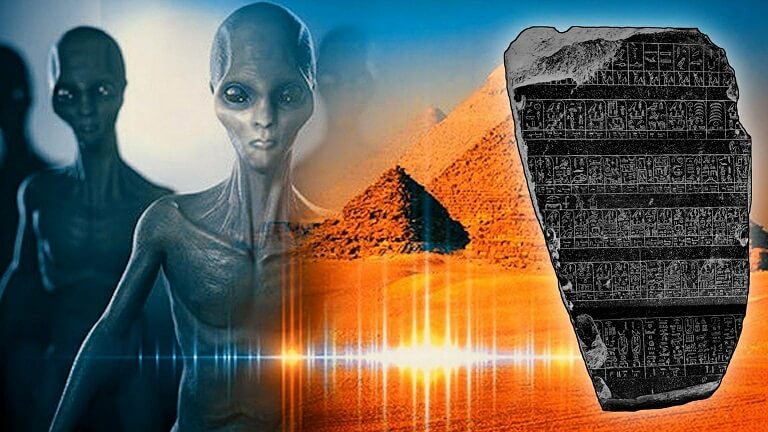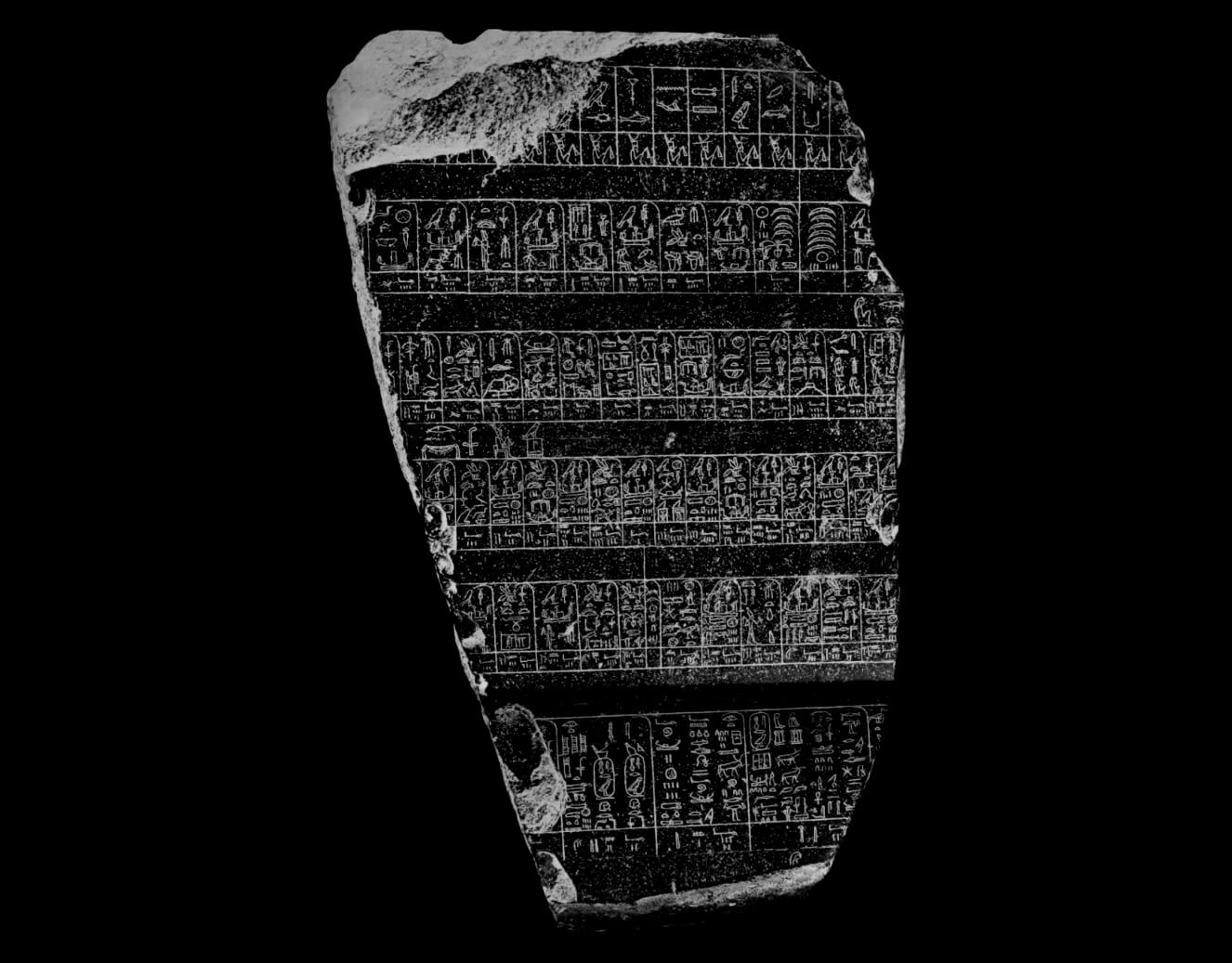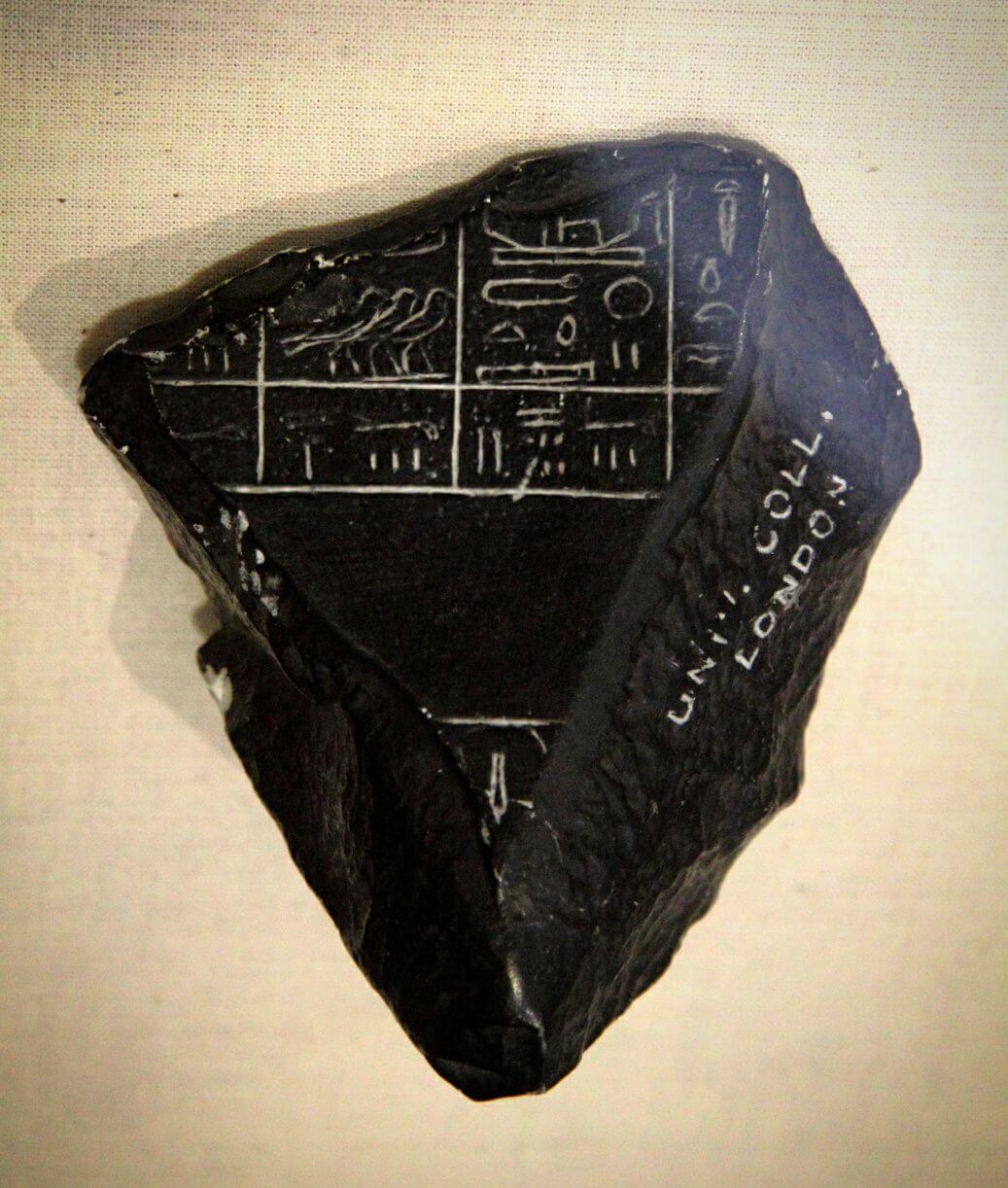
The Mystery of The Palermo Stone: Evidence of The ‘Ancient Astronauts’ In Ancient Egypt?
Around the world, scholars of Ancient Egypt have made finds of artefacts that suggest that our story, as we know it, is not entirely true and sections have been intentionally altered.
By: N. Hale | Ancient Mysteries
Around the world, scholars of Ancient Egypt have made finds of artefacts that suggest that our story, as we know it, is not entirely true and sections have been intentionally altered. Although this theory continues to be a subject full of controversy that has many detractors, it cannot be denied that there are documents, such as the Palermo Stone, which could definitely explain that our history is not as we know it.
The Palermo Stone

When it comes to establishing the chronology of the different dynasties of kings that ruled throughout the history of Ancient Egypt, we have a series of invaluable documents that help experts with this arduous work, which is far from a finished satisfactory form. One of such oldest documents we have to respect is the so-called “Stone of Palermo,” of which there are seven pieces scattered in various museums.

The Seven Fragments Would Be Distributed As Follows:
- Three fragments are in the Archaeological Museum of Palermo, Italy, since 1877. Though its ancestry is unknown.
- Three fragments are in the Egyptian Museum in Cairo that appeared in 1903, as well as another one in 1910. In this museum, there is a fifth fragment that was acquired in the antique market in 1963.
- The last fragment is in the University College of London (Petrie Museum, UC 15508). It was also found in the antique market, where Petrie himself acquired it in 1917.
Does the Palermo Stone of Ancient Egypt prove that our history has been modified?

The Palermo stone is considered one of the fundamental sources for the investigation of Ancient Egypt and its entire history on Earth. Although the exact date of the creation of this magnificent stone remains unknown to scientists, it is thought that it was made during one of the Ancient Kingdoms, in the 25th century BC.
Among the information found in the Palermo Stone, similar to other ancient documents with similar information, it talks about the Kings before the dynasties of ancient Egypt and their pharaohs of the first five dynasties.
Humanity’s First Recorded Kiss Was Earlier Than We Thought
The most mysterious part of the Palermo Stone is where it mentions those mysterious kings, who, according to their descriptions, have been named as mythological beings by some conventional researchers. But Why? Why such a “strange mention” found itself in the documents of Palermo Stone?

- The upper one shows the name of the pharaoh of that period.
- The middle one the outstanding events: festivals, cattle counts, etc.
- The lower one indicates the highest annual level of the Nile River flooding.
In the upper band are the names of several predynastic rulers of Lower Egypt: “… pu”, Seka, Jaau, Tiu, Tyesh, Neheb, Uadynar, Mejet, and “… a”.
Sadly, the importance of the Palermo Stone was not immediately recognized to the point that this valuable piece of history was once used as a gate.
Similarities between documents from different eras of Ancient Egypt?

For example, there are many similarities between The Royal Canon of Turin, The Stone of Palermo and The List of the Sumerian Kings; all three texts name the Gods who came to earth and ruled for thousands of years.
In addition to this, the Palermo Stone also mentions in a more detailed and extensive way everything related to the taxation of Ancient Egypt, as well as its ceremonies, the different levels of the Nile, military formations and a lot of precise details that make it, unequivocally, real.
So why do many scientists question their documents? The main argument for denying the existence of these kings is that, according to their descriptions, they would confirm the existence of the Ancient Astronauts, a theory that would throw all of our conventional histories to the ground.
* * *
NEXT UP!
Gobekli Tepe: The World’s First Temple?
Six miles from Urfa, an ancient city in southeastern Turkey, Klaus Schmidt has made one of the most startling archaeological discoveries of our time: massive carved stones about 11,000 years old, crafted and arranged by prehistoric people who had not yet developed metal tools or even pottery. The megaliths predate Stonehenge by some 6,000 years.
The place is called Gobekli Tepe, and Schmidt, a German archaeologist who has been working here more than a decade, is convinced it’s the site of the world’s oldest temple.
* * *
READ MORE: This Ancient Maya City Was Hidden In The Jungle For More Than 1,000 Years
Some more Archaeology News: Guanches: Ancient Mummies of The Canary Islands (Video)
Liked it? Take a second to support Collective Spark.
We’d love to hear from you! If you have a comment about this article or if you have a tip for a future Collective Spark Story please let us know below in the comment section.
